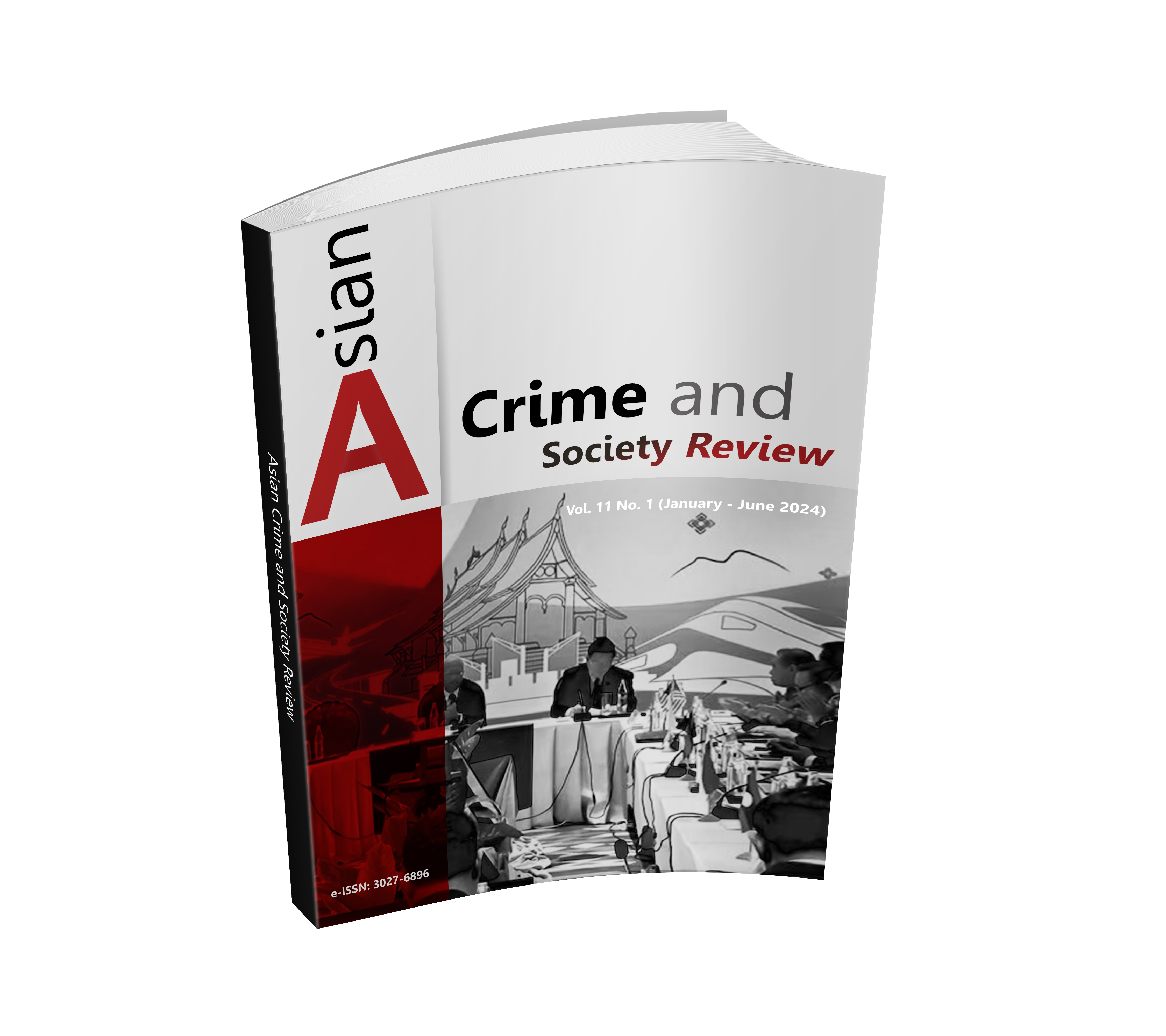CULTURAL DEVELOPMENT TOWARDS COMMUNITY STRENGTH: A CASE STUDY OF BAN NON HOM COMMUNITY, SAKON NAKHON, THAILAND
DOI:
https://doi.org/10.14456/acsr.2024.6Keywords:
Cultural Dimension, Community Culture, Community StrengthAbstract
The purpose of this research was to explore the participation of cultural characteristics and the pattern of community development of the Non Hom community in Sakon Nakhon, Thailand. The study was qualitative, employing in-depth interviews to collect data from the sample group along with non-participant observation. Data were analyzed using content analysis, logical reasoning analysis, and inductive reasoning. The findings revealed that the Non Hom Subdistrict community is a Thai ethnic community that firmly preserves its cultural heritage, including language, dress, traditions, rituals, beliefs, and local wisdom. Challenges and adaptations in community development may arise in certain situations. Community development begins with a review of past strategies and a focus on preserving Thai culture through the institutions of family, education, and religious participation. The community development plan has emphasized community collaboration and learning, in addition to promoting self-reliance and participation as the way of life of the community. The collaborative partnership aims to enhance community members' learning, problem-solving, and improve community well-being through understanding community context and adaptation to achieve balanced development through community participation.
Downloads
References
Chenprakhon, S. (2017). Understanding to Immigration Act 1979 of Entrepreneurs in the Area of Tambon Administration Organization, Muang District, Samut Sakhon Province. Journal of Pacific Institute of Management Science, 4(1), 273-287.
Department of Cultural Promotion. (2016). Culture, way of life and wisdom. Retrieved from https://lib.culture.go.th/library/multimedia/48819.pdf.
Kaewthep, K. (2009). Synthesizing knowledge on using and strengthening communication for community development. Bangkok: Chulalongkorn University.
Kodsiri, C., Kruekamai, W., & Payakkul, D. (2023). Management of Education for the Elderly to Promote Lifelong Learning. Journal of SaengKhomKham Buddhist Studies, 8(1), 176-192.
Mahantarat, T. (2016). World Heritage Management with Legal Measures in Preserving Cultural World Heritage Sites-Case Study of Phranakhon Sri Ayutthaya and Its Satellite Towns. ARU Research Journal, 3(2), 77-88.
Phothiruk, D. (2020). Public Participation in Cultural Heritage Conservation: A Case Study in Khwae Village, Khwae District, Muang District, Maha Sarakham Province. Journal of Humanities and Social Sciences Mahasarakham University, 39(3), 42-51.
Rangmeesrisuk, J., Krahaechan, C., Kesanuch, S., Kongprapun, N., & Gawnak, N. (2023). The Strategies to Efficiency Promotion for Community Economy Management System Participatory Model in the New Normal of Lam Sai Community, Wang Noi District, Phra Nakhon Si Ayutthaya Province. Journal of Arts Management, 7(1), 38-51.
The Fine Arts Department. (2009). Why is it necessary to preserve cultural heritage?. Retrieved from www.finearts.go.th/storage/contents/file/9mBjeBIAXzQrHvTo8UlLlCbhXyjrRlj6HCVlP4qL.pdf.

Downloads
Published
How to Cite
Issue
Section
License
Copyright (c) 2024 Authors

This work is licensed under a Creative Commons Attribution-NonCommercial-NoDerivatives 4.0 International License.










.png)


